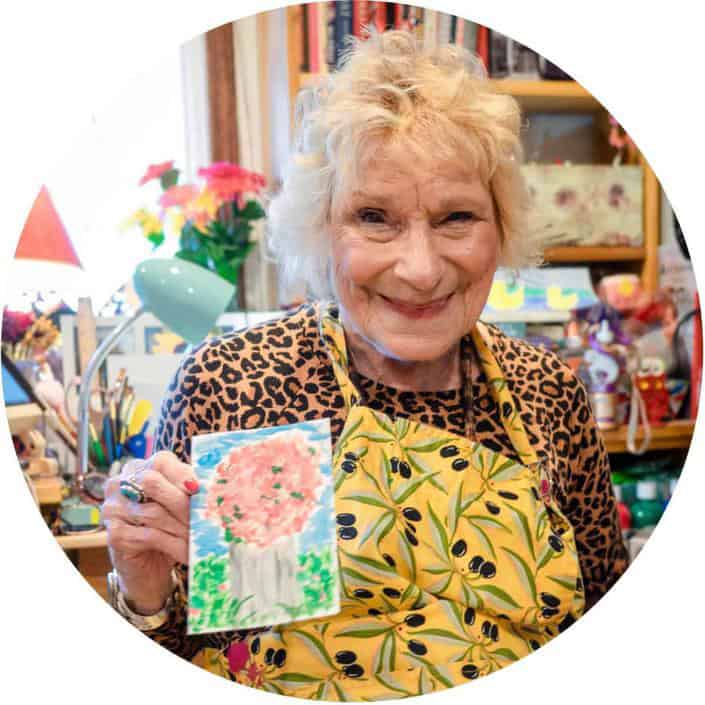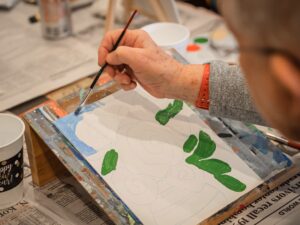Starting or maintaining a regular exercise routine can be challenging at any age–and it doesn’t get any easier as you get older. You may feel discouraged by health problems, aches, and pains or concerns about injuries or falls. If you’ve never exercised before, you may not know where to begin, or perhaps you think you’re too old or frail, can never live up to the standards you set when you were younger. Or maybe you just think that exercise is boring.
While these may seem like good reasons to slow down and take it easy as you age, they’re even better reasons to get moving. Becoming more active can energize your mood, relieve stress, help you manage symptoms of illness and pain, and improve your overall sense of well-being.
Part of creating a healthy exercise plan starts with understanding the 4 building blocks of fitness: Balance, Cardio, Strength Training and Flexibility. Next, you’ll want to find an activity or variety of activities you enjoy that encompass each of these building blocks.
- Balance – Working on your balance improves posture, quality of mobility and can reduce the risk of slips, trips or falls. Yoga and Tai Chi are two great balance exercise options!
- Cardio – Cardio exercises strive to work large muscle groups over a period of time, which helps to help lessen fatigue and shortness of breath, making it easier for you to remain independent and allowing you to continue to do regular house cleaning or run errands. Some common cardio exercise includes walking/running/jogging, dancing, stair climbing, swimming, cycling or tennis.
- Strength Training – This helps to build muscle, using extra weight, your body weight or resistance to work the muscles of the body. Implementing strength training can help to prevent loss of bone mass, build muscle to keep you active, and improve balance — all of which are important in living your normal, everyday life, staying active and avoiding slips, trips, and falls.
- Flexibility – Maintaining/improving your flexibility allows your joints to move freely, helps to ensure fluid, full range of motion and prevents injury or strain. Working on your flexibility can be achieved by stretching the muscles and joints and practicing Yoga.
Implementing a regular exercise regimen can be challenging, but it’s one of the healthiest decisions you can make as you continue to age. When you begin any exercise program, be sure you start slowly and build on your routine as you get stronger. You always want to listen to your body as well — exercising should never hurt you or make you feel lousy. If you experience dizziness, shortness of breath, chest pain or pressure, joint pain or swelling or break out in a cold sweat, stop immediately and call your doctor.
At Charles Ford Retirement Community, we are proud to offer a variety of life enrichment programs aimed at keeping our residents independent and healthy. Contact us today to learn more.







